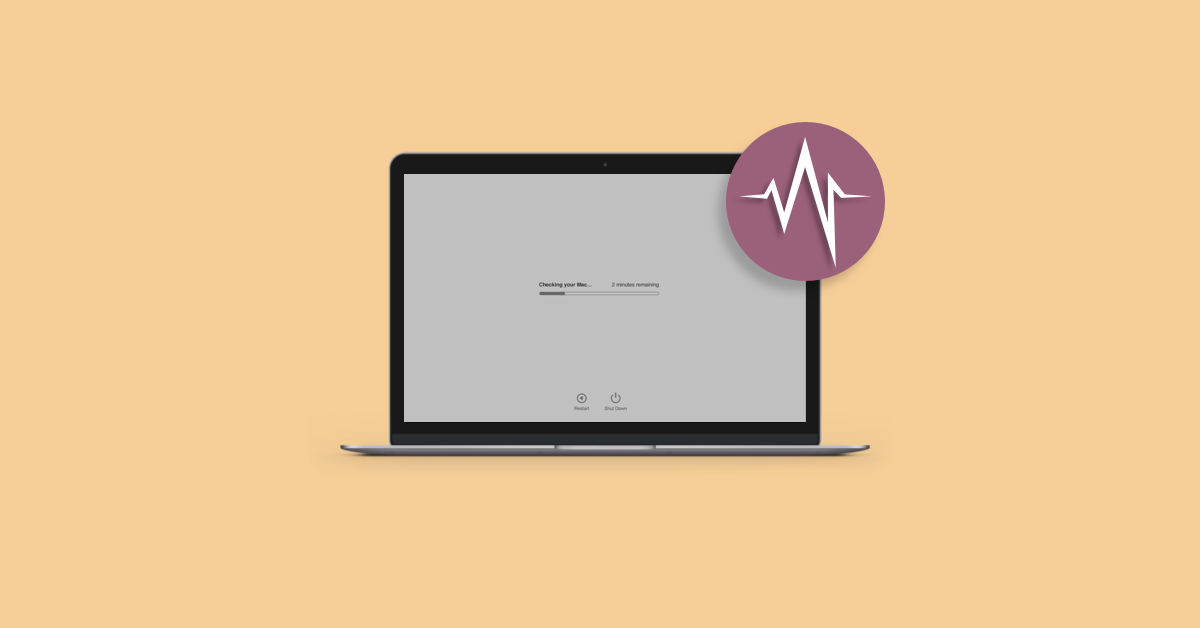NOT_YOU! Mac OS
RELATED: 8 Mac System Features You Can Access in Recovery Mode. Your Mac’s Recovery Mode is a treasure trove of useful tools, and it’s the easiest way to wipe your computer and start from scratch. Shut down your Mac, turn it on while holding down Command+R. Your Mac will boot into the recovery partition. JDK for Mac ReadMe. This release of the JDK is a developer-only version. You can use it to create Java applications and includes the new JavaFX 2.2 client stack.
- Not_you Mac Os 11
- Mac Os You Are Not Connected To The Internet
- Mac Os You Have Not Chosen To Trust Citrix
Please note that while this article specifically defines the steps necessary to connecting to an ECN drive, it can be used to connect to other SMB and CIFS servers from a Mac as well. Follow the same steps, remembering though to swap out the domain of 'ECN' in the authentication prompt seen below for the domain related to your other server.
Or if you wish to connect to ITaP home directory servers, information from ITaP's KnowledgeBase pages may be helpful. Check out the link below for more details:
NOTE: If connecting from off campus to an ECN shared drive, you will need a VPN connection.
Navigate to the link below to obtain/update the required software, if it isn't already installed on your system:
This FAQ will demonstrate how to use OS X to connect to SMB and CIFS shared volumes on the ECN network. These instructions can be applied to OS X 10.13.x (as well as other OS X versions reaching back to OS X 10.3.x). Once mapped, the volume should appear on your Desktop. If not, check out the following set of instructions on how to (re)add it there:
NOTE: The following screenshots were taken with Mac OS X 10.11.x (El Capitan), although the instructions and images are applicable to older versions (again reaching back to OS X 10.3.x).
In the Finder, navigate to your Go menu and select Connect to Server...
In the new dialog box, enter the path to the intended server. Typically, the cifs protocol is related to Windows shares where as smb is associated with UNIX. That being said, the smb protocol will work with both OS types.

In this example, I will use the server pier and the share name joesmith. The server address in this case would then be
smb://pier.ecn.purdue.edu/joesmith
All other shares will follow the same format as seen below. If you have questions about whether to use cifs or smb, contact ECN.
smb://servername.ecn.purdue.edu/sharename
cifs://servername.ecn.purdue.edu/sharename
NOTE:IP addresses are also suitable in place of DNS names. Please remember to always use fully qualified domain names as well (//pier.ecn.purdue.edu/sharename as opposed to //pier/sharename).
Click the Connect button. OS X will contact the server and then display a system authentication dialog. Your input will vary depending on whether your local machine account name matches your ECN Career Account alias exactly. If it does, you can simply type the following information to sign in.
- Name: username
- Password: (your ECN password)
If not, you will need to alter the Name field to look like the following:
- Name: ECNusername
- Password: (your ECN password)
Not_you Mac Os 11
You may also wish to check 'Remember this password in my keychain,' if you plan to connect frequently or automatically when you log into your machine. Otherwise, you will be asked to enter your password every time.
Click Connect, and the shared drive will mount on your computer. You can find it either on the Desktop with an icon of a three people encased in a clear cube or in your Finder as noted earlier.
If the drive does not automatically appear on the Desktop, check out the following link for instructions on how to display it there:
Additionally, it is possible to have the drive automatically mount every time you log in. To do so, first find the drive icon on the Desktop or via Finder. Next, open up System Preferences... from the Apple menu.
Select the Users & Groups icon. Then, click on your user name, and jump to the Login Items tab.
Drag the icon of your shared drive into the list of items, and it will be added and connect automatically when you log in.
One last note! Once you've mapped the drive you need, you should consider creating a shortcut under your 'Favorites' section of Finder (drag and drop the selected folder under 'Favorites.'
Not only will this make your directories easier to access, but it will also help to avoid navigation issues related to permissions within subfolders of your share drives when using File-->Open functionality in various applications.
Please note though that every time you disconnect from a share or lose a network connection to it, you will need to re-add the desired folder(s) to your 'Favorites.'
Last modified: 2017/10/03 18:49:34.025539 GMT-4 by jerry.j.rubright.1
Created: 2007/11/06 13:52:33.284000 US/Eastern by brian.r.brinegar.1.
Categories
- Knowledge Base > OS > Mac
- Knowledge Base > OS > Mac > OS X
Search
Mac Os You Are Not Connected To The Internet
Type in a few keywords describing what information you are looking for in the text box below.